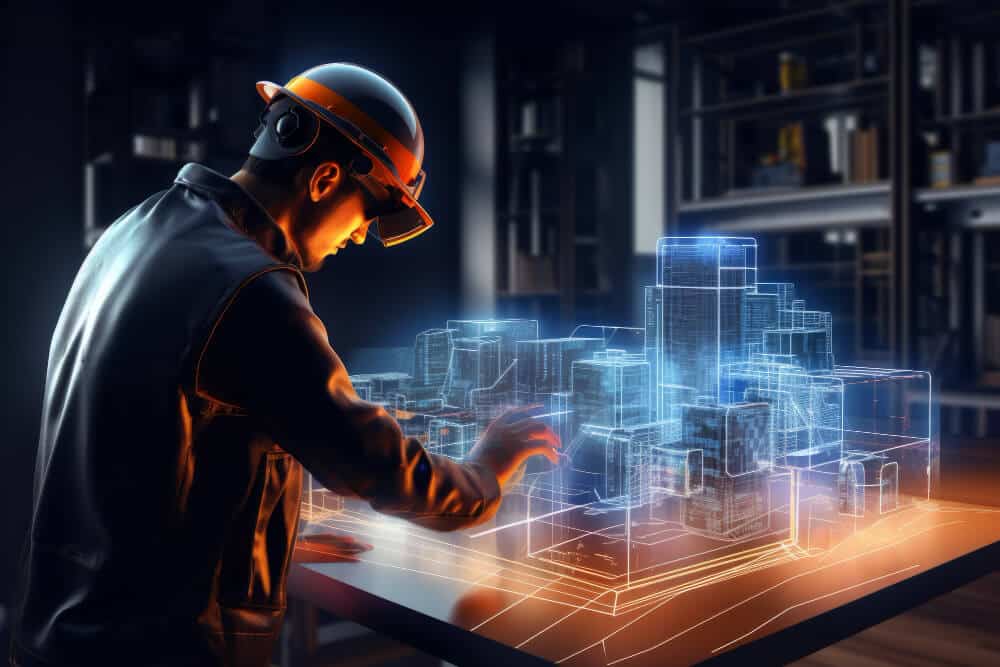
Introduction: Construction technology has been evolving rapidly, revolutionizing the way we design, plan, and construct buildings and infrastructure. From innovative materials to cutting-edge techniques, the construction industry is embracing technology like never before.
In this article, we’ll explore the latest advancements in construction technology and how they are shaping the future of the industry.
- BIM (Building Information Modeling): Building Information Modeling, or BIM, has emerged as a game-changer in the construction industry. It allows architects, engineers, and contractors to create digital representations of buildings and infrastructure projects. By integrating 3D models with data and information about every aspect of a project, BIM facilitates better collaboration, improved decision-making, and increased efficiency throughout the construction process.
- Prefabrication and Modular Construction: Prefabrication and modular construction techniques are gaining popularity due to their ability to streamline construction processes and reduce project timelines. With prefabrication, components of a building are manufactured off-site in a controlled environment and then transported to the construction site for assembly. This not only speeds up construction but also enhances quality and safety.
- Robotics and Automation: Robotics and automation are transforming the way construction tasks are performed. Robots equipped with advanced sensors and AI capabilities can handle repetitive and labor-intensive tasks with precision and efficiency. From bricklaying robots to autonomous drones for site monitoring, robotics is revolutionizing various aspects of construction, leading to increased productivity and cost savings.
- Advanced Materials: The development of advanced materials is driving innovation in construction technology. Materials like carbon fiber, graphene, and self-healing concrete are being used to create structures that are stronger, lighter, and more durable than ever before. These materials offer benefits such as improved sustainability, reduced maintenance costs, and enhanced resilience to environmental factors.
- Augmented Reality (AR) and Virtual Reality (VR): AR and VR technologies are being increasingly adopted in the construction industry for design visualization, training, and project management. AR applications allow users to overlay digital information onto the physical environment, enabling better visualization of building designs and construction sequences. VR, on the other hand, immerses users in virtual environments, facilitating virtual walkthroughs of construction projects and enhancing collaboration among stakeholders.
- Sustainable Construction Practices: With growing concerns about climate change and environmental sustainability, there is a growing emphasis on incorporating sustainable practices into construction processes. From green building certifications to energy-efficient technologies, sustainable construction aims to minimize the environmental impact of buildings and infrastructure while maximizing resource efficiency and occupant comfort.
- 3D Printing: 3D printing, also known as additive manufacturing, is revolutionizing construction by enabling the rapid prototyping and fabrication of building components. From concrete structures to custom architectural features, 3D printing offers architects and designers unprecedented freedom to create complex shapes and geometries. This technology has the potential to significantly reduce construction costs and waste while speeding up project delivery.
Conclusion: Construction technology continues to evolve at a rapid pace, offering new opportunities and challenges for the industry. From BIM and prefabrication to robotics and sustainable practices, the adoption of advanced technologies is reshaping the way we build.
As we look to the future, embracing these technologies will be crucial for staying competitive, improving efficiency, and delivering projects that meet the needs of society and the environment.



